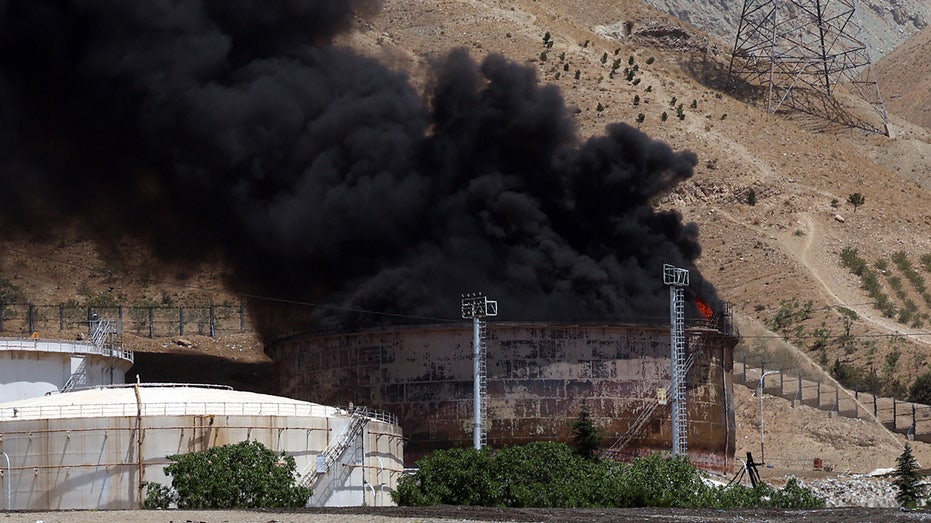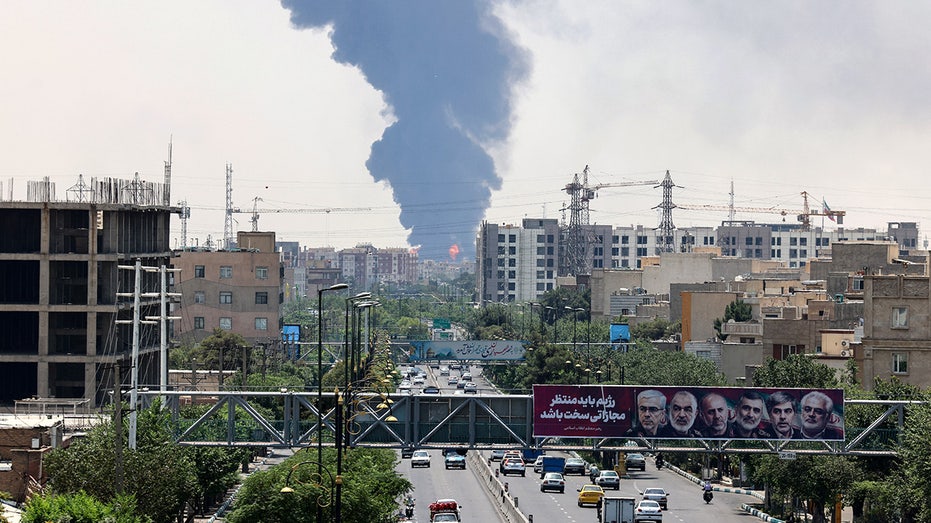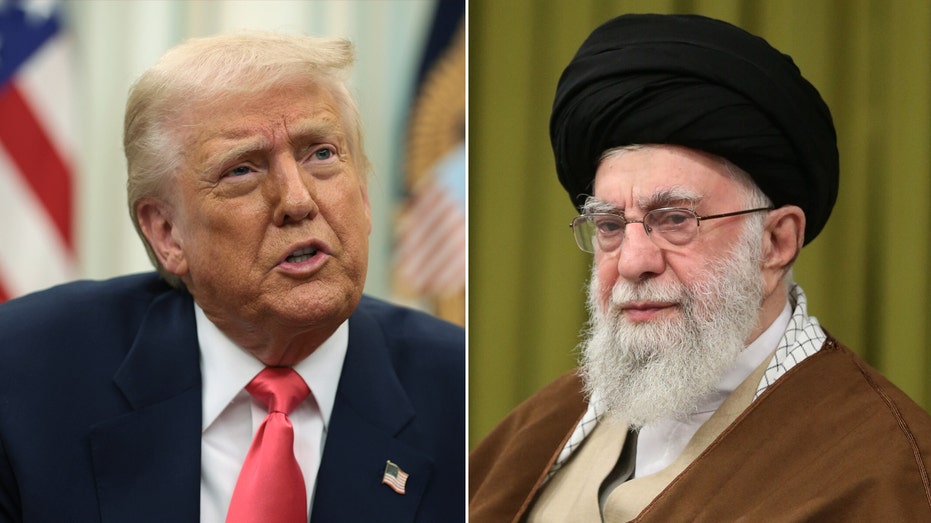As tensions between Israel and Iran escalate, industry analysts warn that a significant disruption in global oil supply could drive prices up to $120 a barrel. The conflict presents a potential risk to a vital shipping route, raising concerns among market participants.
Currently, West Texas Intermediate, a principal benchmark for crude oil, is trading close to a one-year high, while the global benchmark, Brent Crude, approaches a five-month peak as the conflict enters the sixth day.
On Tuesday, President Donald Trump convened a meeting with his national security team to address the ongoing situation, leading to speculation about the U.S. potentially engaging in military action. This uncertainty is contributing to heightened volatility in the oil market, according to Ewa Manthey, a commodities strategist at ING Financial Service.
EXXONMOBIL CEO DISCUSSES OIL SUPPLY CONCERNS RELATED TO IRAN-ISRAEL CONFLICT

Manthey emphasized that the primary concern for the market centers around possible disruptions to shipping through the Strait of Hormuz, an essential corridor linking the Persian Gulf to the Arabian Sea and Gulf of Oman. This strait is crucial for accommodating the world’s largest oil tankers and is considered one of the most significant oil chokepoints globally, according to the Energy Information Administration (EIA).
ExxonMobil CEO Darren Woods supports these concerns, stating that while the global supply of oil is adequate to absorb potential losses from Iranian exports, the greater issue is the potential impact on oil transportation through the Strait of Hormuz, which facilitates nearly one-third of the world’s seaborne oil trade.

In 2024, approximately 20 million barrels of oil per day—about 20% of global petroleum liquids consumption—traversed this crucial waterway. The EIA notes that there are limited alternatives for transporting oil should it become blocked.
OIL PRICES INCREASE FOLLOWING ISRAEL’S STRIKES ON IRAN
A substantial interruption to oil flows through this strait could propel prices to $120 per barrel, Manthey asserted. If disruptions continue into the latter part of the year, Brent crude could potentially reach new record highs, exceeding the nearly $150 per barrel peak seen in 2008.

Manthey emphasized the need for governments to consider tapping into their strategic petroleum reserves if such a scenario unfolds, referencing the U.S. reserves, which hold over 400 million barrels of crude oil.
Another potential measure could involve the Organization of the Petroleum Exporting Countries (OPEC+) utilizing its spare production capacity of over 5 million barrels per day. Manthey noted that while OPEC+ is in the process of restoring supply, a disruption to Iranian exports might hasten their efforts to increase production.


























